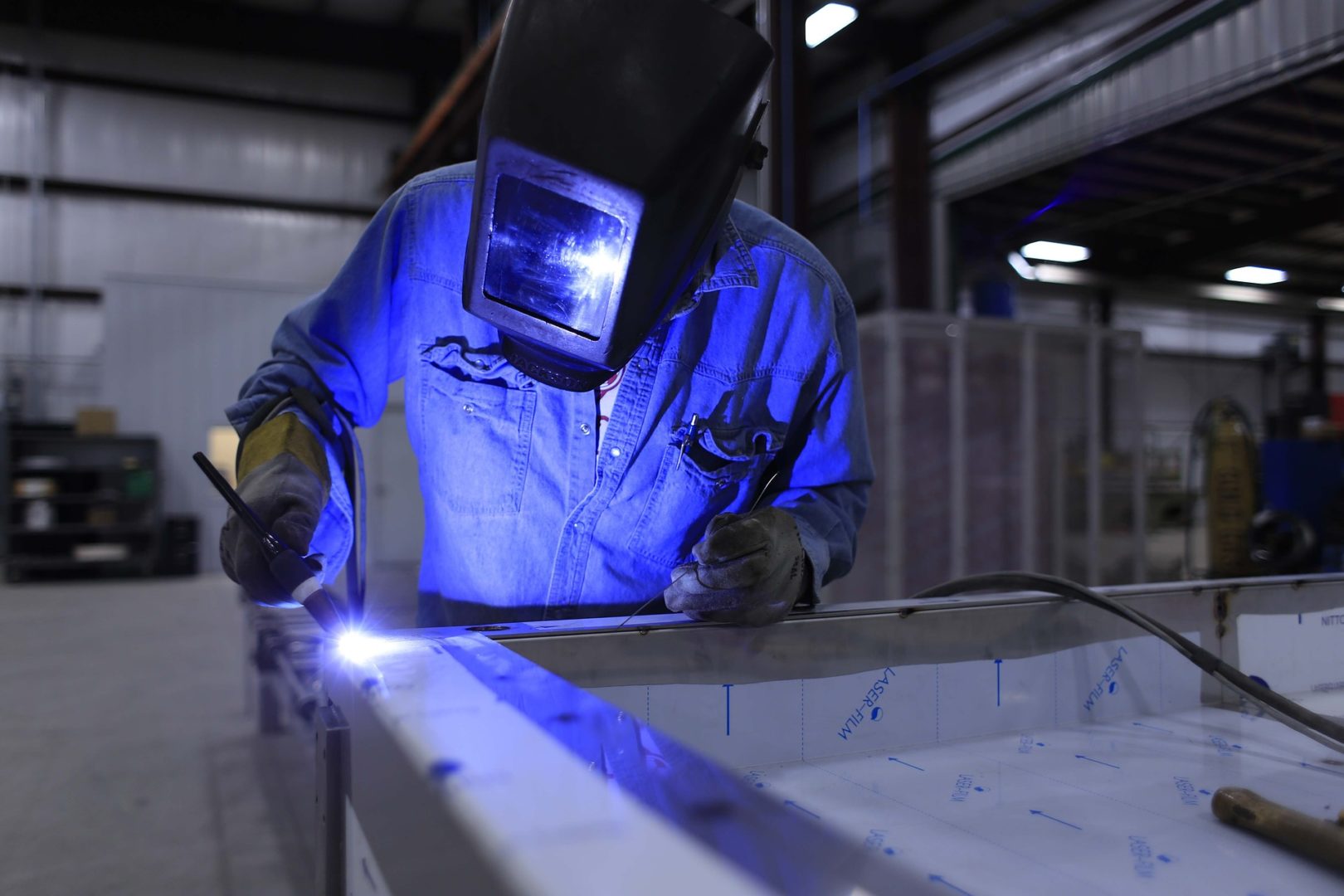Have you noticed an uptick in your incident rate, and not sure where to begin? These simple safety solutions will get you started!
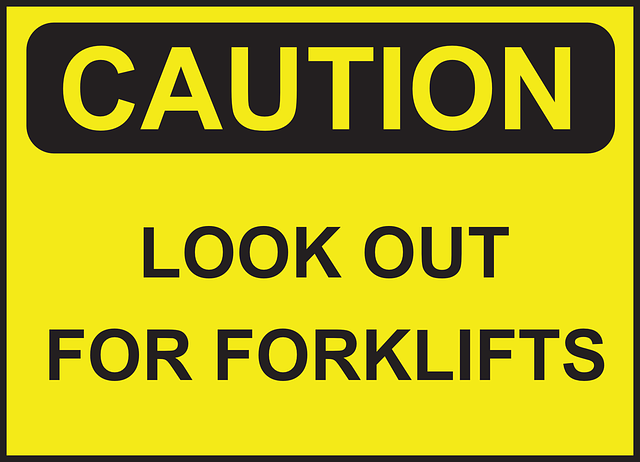
Signage
Hanging safety signage is a cost-effective way to remind workers of hazards and precautions. Everywhere a hard hat, hearing protection, or eye protection is required, hang a sign. Dangerous machinery should be signed appropriately. Electrical hazards, lock out/tag out requirements, and chemicals should all be marked. Whatever dangers you have lurking around the workplace, hanging a sign as a reminder can seriously reduce reckless work habits.
Need a good source for safety signage? Check out SafetySign.com.
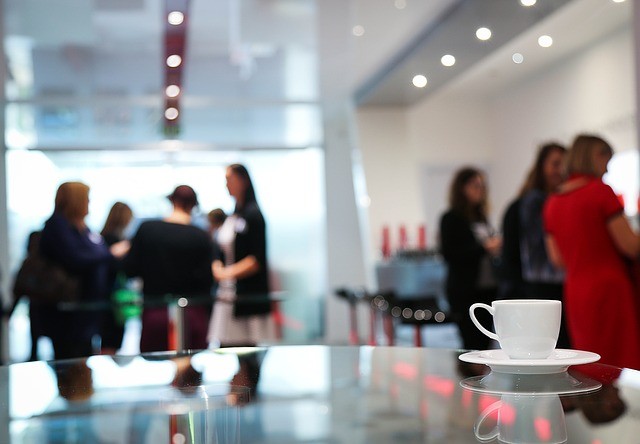
Make training a little more interesting
Think about it: any subject can be made interesting. If you’re in charge of safety training, do some looking around online for interesting safety stories, photos, and resources to present to your employees. If safety training can be thought of as more of an event rather than a requirement, chances are workers will be far more engaged.
Beyond the training itself, consider providing food and taking frequent breaks to encourage socializing amongst workers. Trainings taking up an entire work day? Continue your team-building with a Michigan-brewed Smells Like a Safety Meeting. After hours, of course!
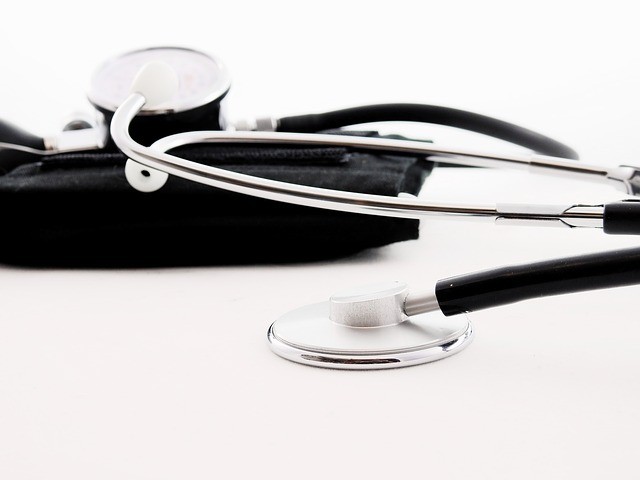
Pay for Health Screening
If insurance doesn’t already cover a yearly physical, paying for health screening will increase your chances that workers go to the doc at least once a year. Making sure workers are in good enough health to continue operations is critical in reducing incident rate and knowing any special accommodations that need to be met.
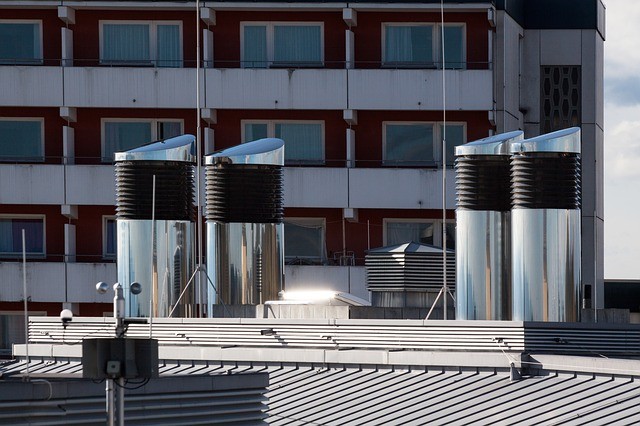
Implement engineering controls
We went in depth on this subject in Engineering Controls: Not as Difficult (or Expensive) as you Might Think. PPE like hard hats and safety glasses should be the last line of defense against hazards. A better solution is to isolate workers from the hazards with engineering controls.
For example, a dust collector attached to a wood saw can be considered an engineering control. Lids on barrels of hazardous materials are engineering controls. The sneeze guard on a salad bar is an engineering control. Despite having a fancy name, they’re really pretty simple to implement!
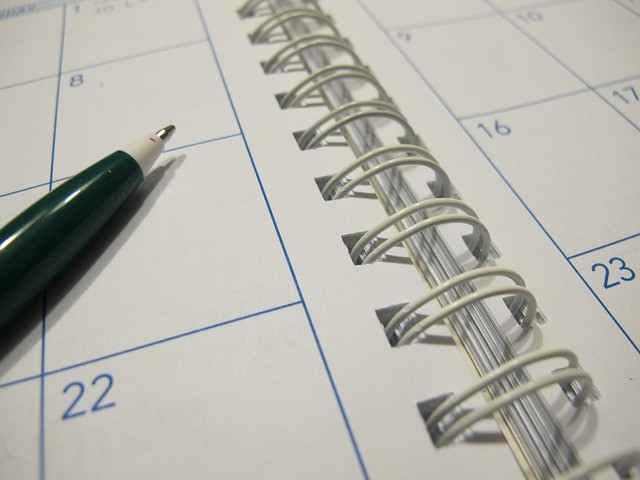
Rework the Schedule
Scheduling can increase risk of injury in a couple of ways. Employees working long hours can lose focus on tasks, increasing their chances of making mistakes that can lead to serious consequences.
Shift workers are at especially high risk for experiencing fatigue on the job, increasing their margin of error. Their circadian rhythm tends to get messed up when working odd hours and switching to “normal” hours on off days to spend time with family and run errands.
It’s best for everyone if long hours and shift work can be eliminated. Along with reduced incident rate, you might even see a bump in productivity.
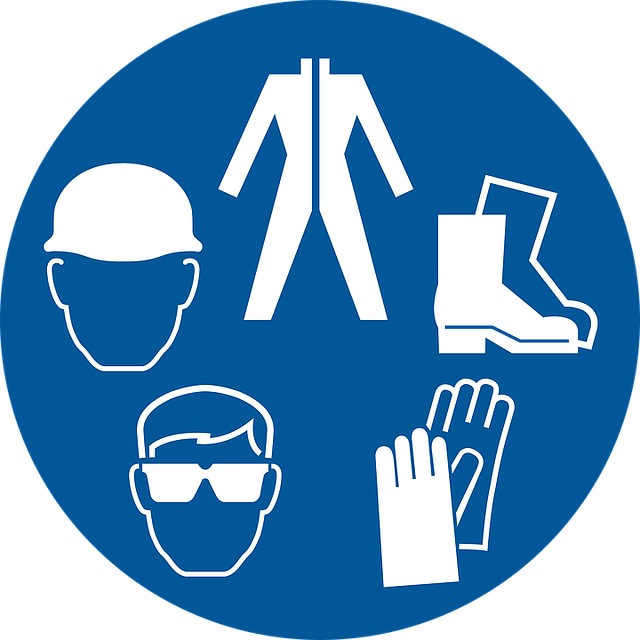
Keep PPE in stock
Although PPE is your last line of defense against workplace hazards, it’s still necessary for a safe working environment. PPE should always be in stock in appropriate quantities and sizes. Things like respirators and hard hats should be cared for by workers and stored appropriately. PPE doesn’t do any good at all if it’s dirty, broken, or cannot be found.
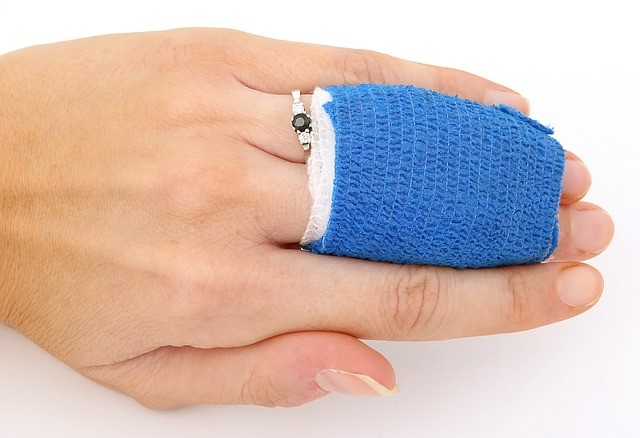
Talk about near misses/incidents
Opening up a dialogue about when incidents do happen helps everyone learn from the experience.
One of our own workers had an accident in the field one day while opening up a chemical bottle. It spilled on their hand, and they did everything correct to minimize the injury (they’re okay). Our health and safety manager showed us photos during our annual company meeting, explaining exactly what happened. Although the worker couldn’t avoid what happened, accidents do happen, and we all learned from their experience.
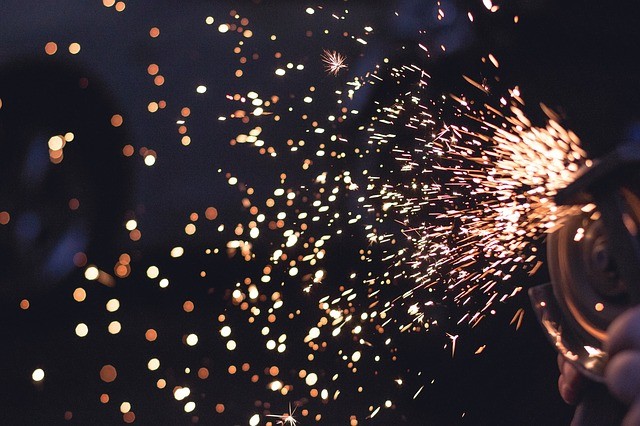
User safer products
Updating to equipment, machinery, and even cleaning supplies that pose lesser hazards to employees is a fool-proof way to foster a safer environment.
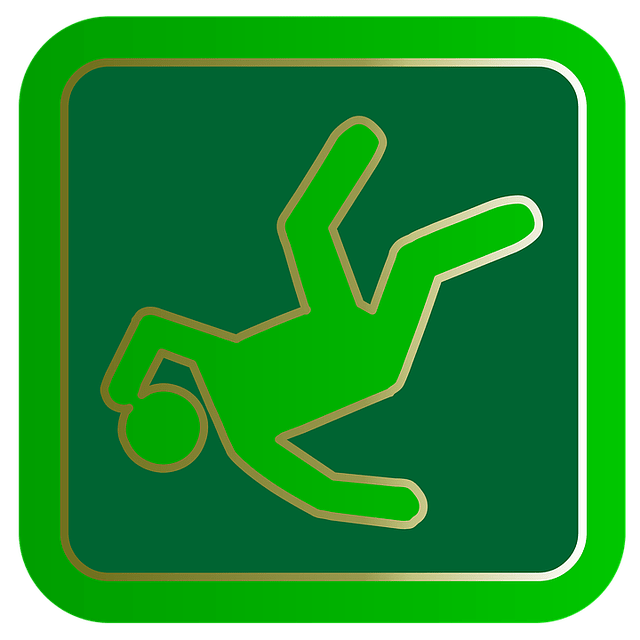
Keep areas clear of slip and trip hazards
Good house keeping is a safety basic that gets overlooked far too often. Keeping hallways and exits clear of obstructions is essential for a few reasons.
Carelessly placed items can easily trip workers or make them slip.
Damages can happen to equipment or products if they’re in usually clear areas. Imagine a forklift coming around a corner just to hit a barrel that was placed in the middle of an aisle that’s supposed to be clear.
Last but certainly not least, fire codes require emergency exit routes to be clear.

Avoid negativity surrounding incident reporting
Don’t reprimand workers for reporting incidents. Instead, say “thank you for explaining the situation in so much detail,” and learn from the experience.

Know your areas for improvement
Review safety programs and incident rate, at the very least, on an annual basis. If you notice a trend in where accidents happened, what kind of accidents happened, or a group of workers that are more accident prone, you can use the information for improving your safety program.
Are you ready to take the next step towards a safer workplace? Get in touch with us at hello@trimediaee.com to talk directly to one of our health and safety professionals.

